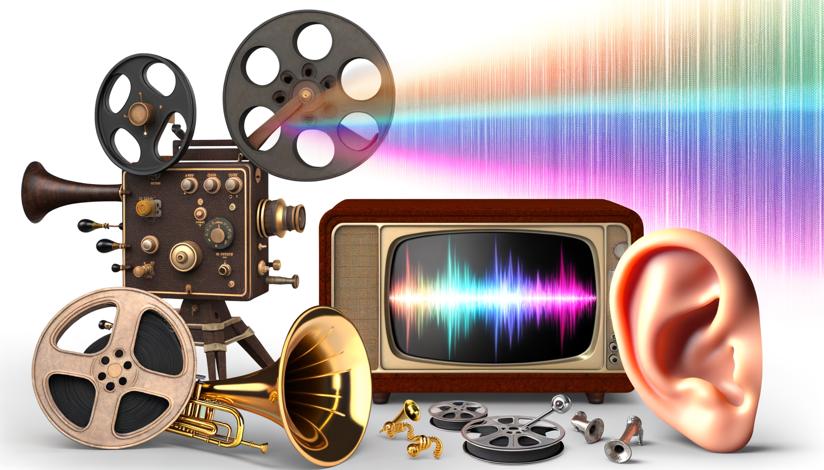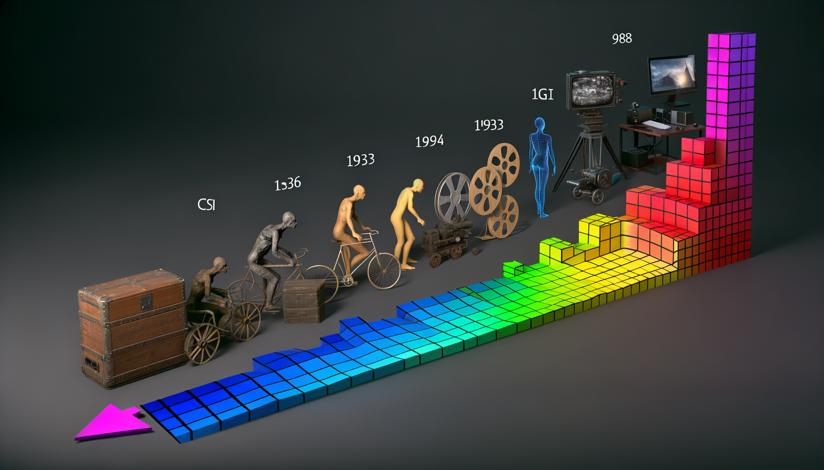

Box office performance is a key indicator of a film's success and audience appeal. It measures the total revenue generated by a film through ticket sales. This revenue reflects the number of people who have watched the film in theaters. A high box office performance indicates a large audience and the potential popularity of the film.
TV ratings, on the other hand, measure the viewership of TV shows by households. TV ratings are determined by various factors such as the number of viewers, time spent watching, and demographics. These ratings provide insights into the popularity and reach of TV shows among audiences.
One of the key advantages of box office performance is its ability to measure the immediate impact of a film. Box office numbers are often reported in real-time, allowing the industry and audiences to gauge the success or failure of a film based on its opening weekend performance. This serves as a benchmark for the film's overall success and can influence future decisions such as production budgets and marketing strategies.
TV ratings, on the other hand, provide a more detailed understanding of audience preferences and behavior. Ratings are not based solely on the number of viewers, but also take into account factors such as demographics, time slots, and competition. This allows networks and advertisers to target specific audiences and optimize their programming to maximize viewership.
Another advantage of box office performance is its global reach. Major film releases are often distributed worldwide, reaching audiences in different countries and cultures. This allows films to have a broad appeal and potentially attract diverse audience demographics. Additionally, box office revenues include not only ticket sales but also revenue from merchandising, home video sales, and streaming rights.
TV ratings, on the other hand, tend to be more location-specific. Ratings are calculated based on samples of households in a particular region or country. While this provides valuable insights into the preferences of local audiences, it can limit the global reach and impact of TV shows.
In terms of disadvantages, box office performance is limited to theatrical releases. Independent films or niche genres may not have a wide theatrical distribution, resulting in lower box office numbers. Additionally, the box office does not account for the number of repeat viewers or online piracy, which can impact the overall reach of a film.
TV ratings also have their limitations. Ratings do not capture viewership through online streaming platforms or on-demand services, which have become increasingly popular in recent years. This can lead to an underrepresentation of the true audience size and impact of TV shows.
In conclusion, both box office performance and TV ratings provide valuable insights into the audiences of film and TV. Box office performance measures the immediate impact and global reach of films, while TV ratings offer a detailed understanding of audience preferences and behavior. While each medium has its own advantages and disadvantages, they both play a significant role in shaping the entertainment industry and attracting audiences around the world.

Global reach
Immediate impact

Limited to theatrical releases
Underrepresentation of true audience size














-
https://www.boxofficemojo.com/
-
https://www.nielsen.com/




























